News articles
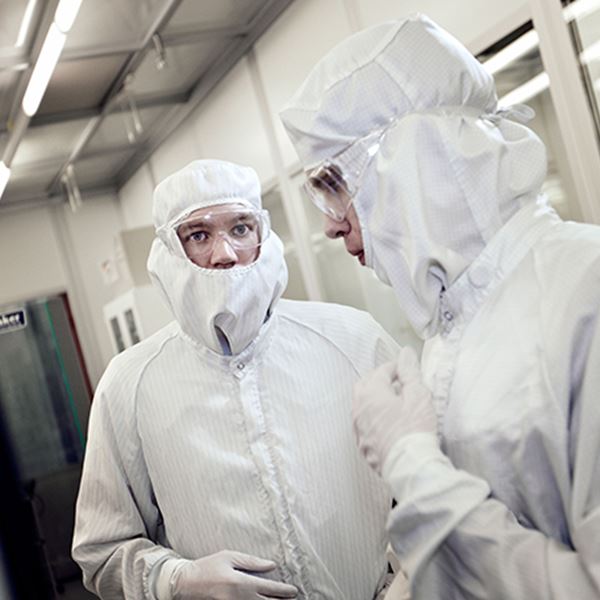
Ramp Up Phase Highlights Graphene Flagship
The activities of all the Flagship partners are too numerous to list in this brief overview. Instead we highlight eight notable achievements from the ramp-up phase all of which have featured in the mainstream media.
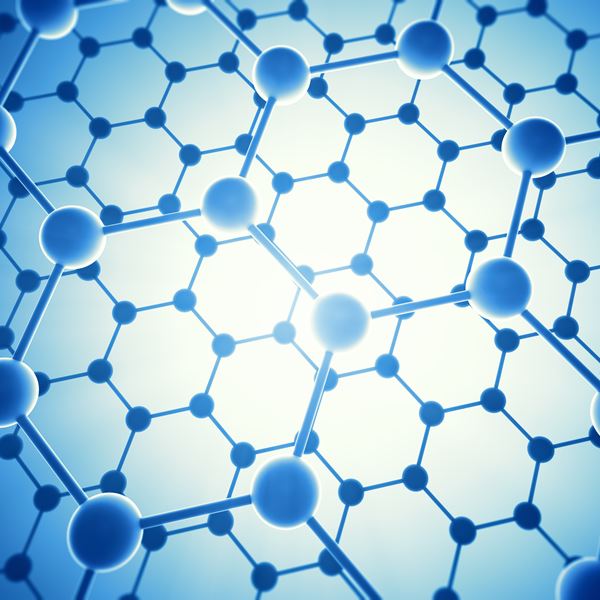
Graphene based Remote Controlled Molecular Switches
Imagine a world where you can tailor the properties of graphene to have the outcome you desire. By combining its unique properties with the precision of molecular chemistry, scientists from the Graphene Flagship have taken the first steps towards doing just that. In their paper published on 7th April in Nature Communications an international group of Flagship scientists show how it is possible to create light-responsive graphene-based devices, paving the way for many applications including photo sensors and even optically controllable memories.
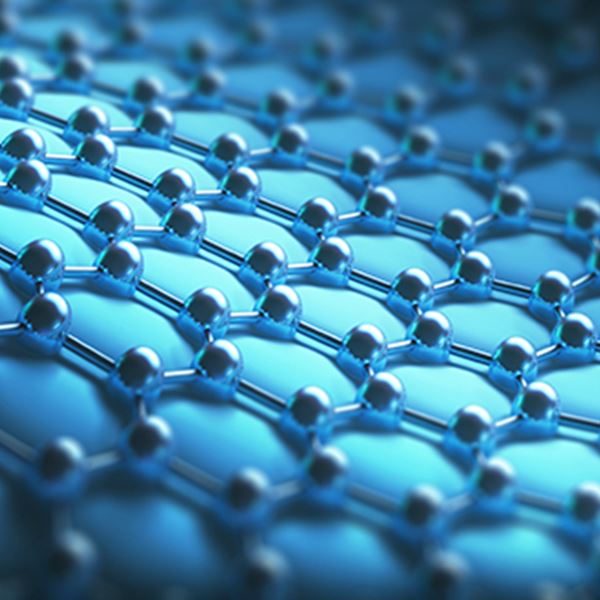
Frictionless Graphene
In the first study of its kind, researchers from the Graphene Flagship show that the same ultra-low friction that is well known to occur between sheets of graphene also occurs between graphene and other surfaces. The work, published in Science (1), and led by physicists at the Max Planck Institute for Polymer Research at Mainz (Prof. Klaus Müllen), the Technical University Dresden (Dr. Andrea Benassi, Prof. Xinliang Feng), EMPA Zurich (Prof. Roman Fasel) and the University of Basel (Prof. Ernst Meyer) opens up the possibility of frictionless coatings.
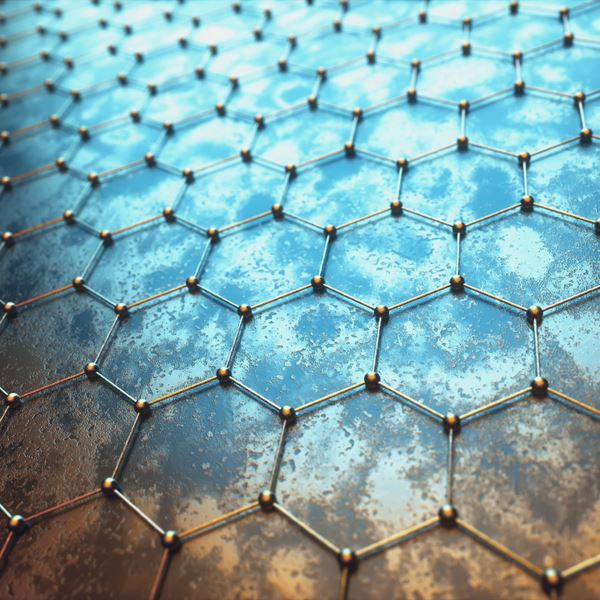
Graphene Pavilion Day Four
The fourth and final day of the Graphene Pavilion was as busy as ever. This was also the day that graphene was featured in the MWC conference programme.
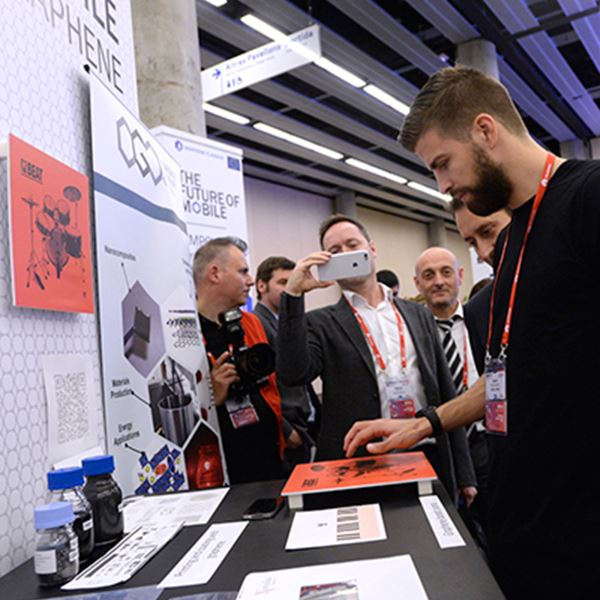
The Graphene Pavilion Day Three
The Graphene Pavilion has gone from strength to strength during the MWC. As day three progressed the level of media interest and number of visitors continued to intensify, taking everyone a little by surprise. All of the exhibitors worked hard to keep up with demand - overall an excellent outcome!
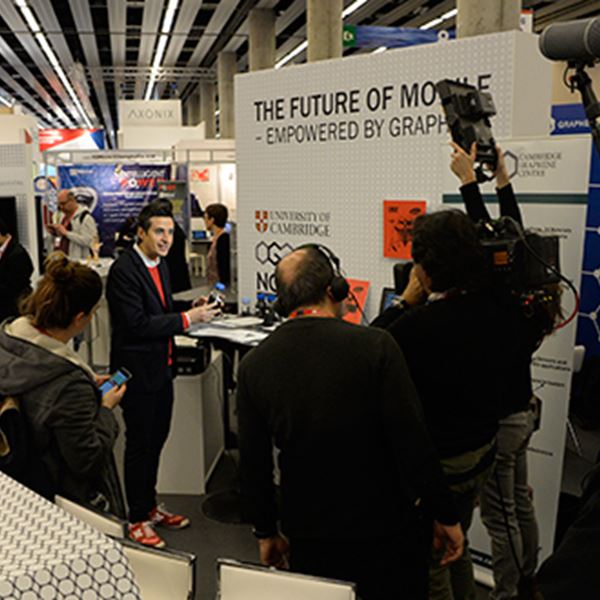
Graphene Pavilion Day Two
Welcome to the Graphene Pavilion, it is a pretty exciting place!
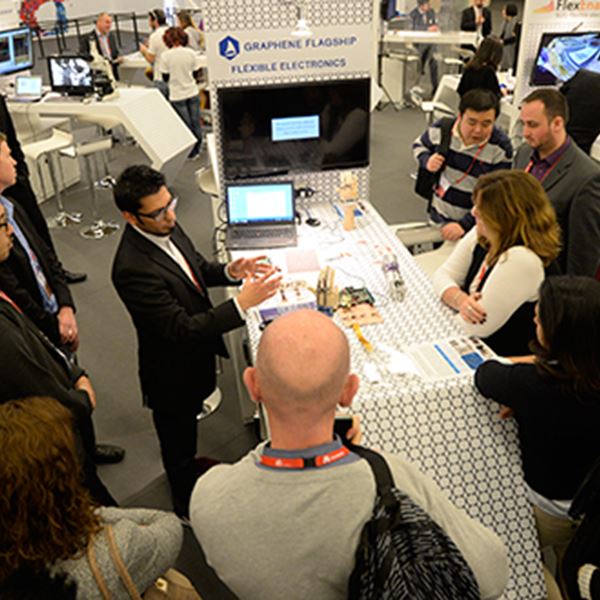
Graphene Pavilion Day one
It has been an exciting first day in the inaugural Graphene Pavilion at the 2016 Mobile World Congress. With a stream of visitors from the public and press it truly was an intense and rewarding day. The Graphene Pavilion represents a new way to present graphene to the wider world. As a newcomer to the MWC the Graphene Pavilion attracted interest for a wide range of reasons. Some visitors were already familiar with graphene and wanted to know more, some were interested in a particular technology such as batteries or flexible displays and wanted to know how graphene can integrate with these and there were those who were simply drawn in to discover something new - like the school teacher looking for new things to teach his pupils.
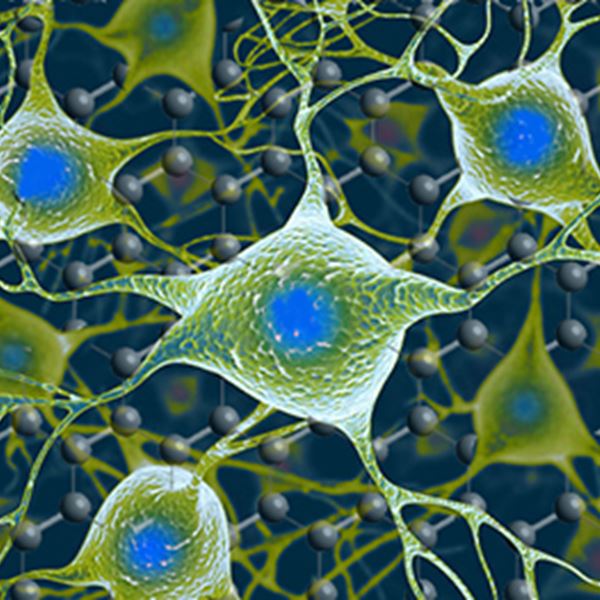
Graphene Based Interfaces do not Alter Target Nerve Cells
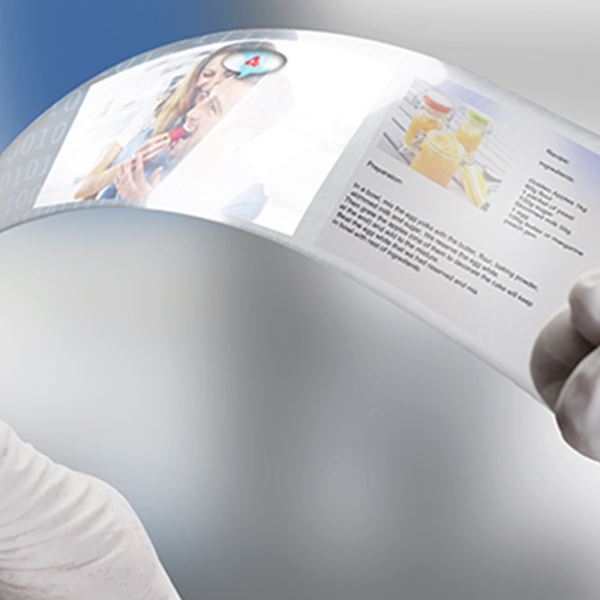
Graphene goes Mobile
It's going to be another exciting year for graphene and what better way to start than with a material showcase at the Mobile World Congress. In testament to the power of graphene and its impact on the mobile industry, the Graphene Flagship has been invited to present the inaugural Graphene Pavilion at the 2016 Mobile World Congress (MWC), 22-25 February 2016 in Barcelona, Spain.

Novel Healthcare Solutions for an Ever Changing World
As the demand for healthcare services worldwide continues to increase so does the demand for novel healthcare solutions. Solutions that are more effective and cost less. Solutions that prevent disease as well as cure it. Solutions that can be used with equal effectiveness throughout the world.

Graphene Flagship Launches Second Expression of Interest
Following the first Expression of Interest launched in January 2015, the Graphene Flagship launches a second Expression of Interest for new industrial partners to be incorporated under the Horizon 2020 phase.

Production
Production is unique among the Graphene Flagship's technical work packages, in that it does not focus on research. The three principal goals of WP11 are to provide material samples, and a link to Europe's Nanosciences, Nanotechnologies, Materials and new Production Technologies (NMP) programmes, and to deal with standardisation matters. Work package leader is Ken Teo of semiconductor specialist and technology enabling firm Aixtron in Cambridge, and deputy Nalin Rupesinghe, also of Aixtron.

Graphene Flagship – the view from Brussels
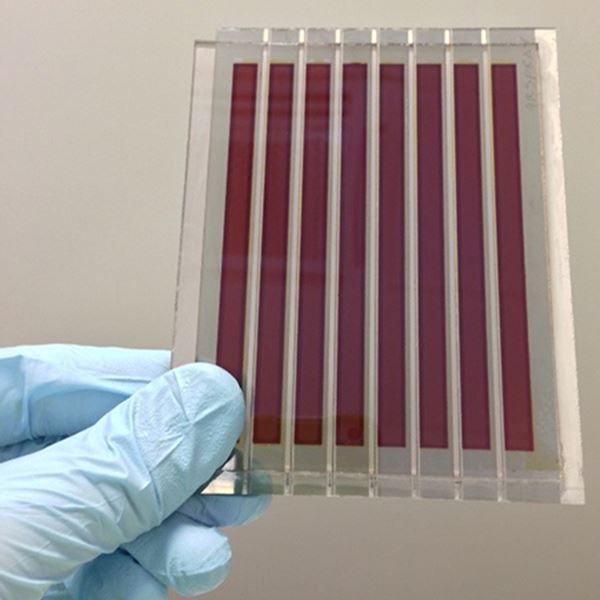
Energy
Work Package 9, Energy, looks at energy conversion and storage using graphene and other 2d materials in devices such as photovoltaic cells, fuel cells and batteries. Work package leader is Etienne Quesnel of the CEA French Alternative Energies and Atomic Energy Commission in Grenoble, and deputy is Vittorio Pellegrini of the Italian Institute of Technology Graphene Labs in Genova.
